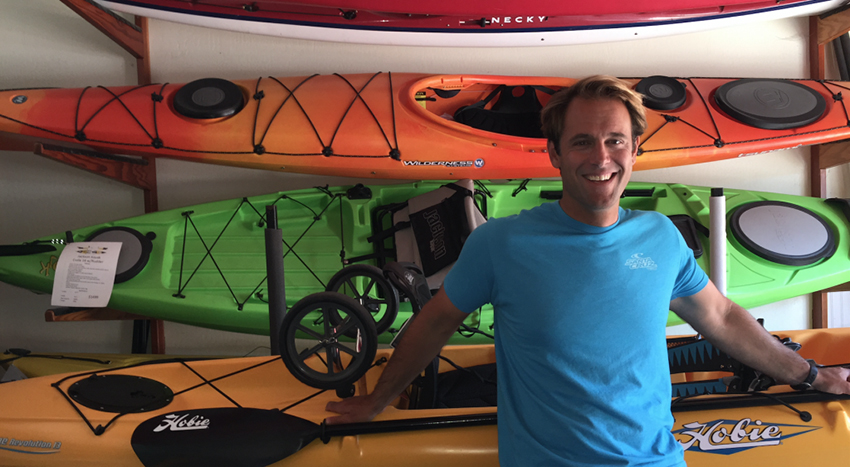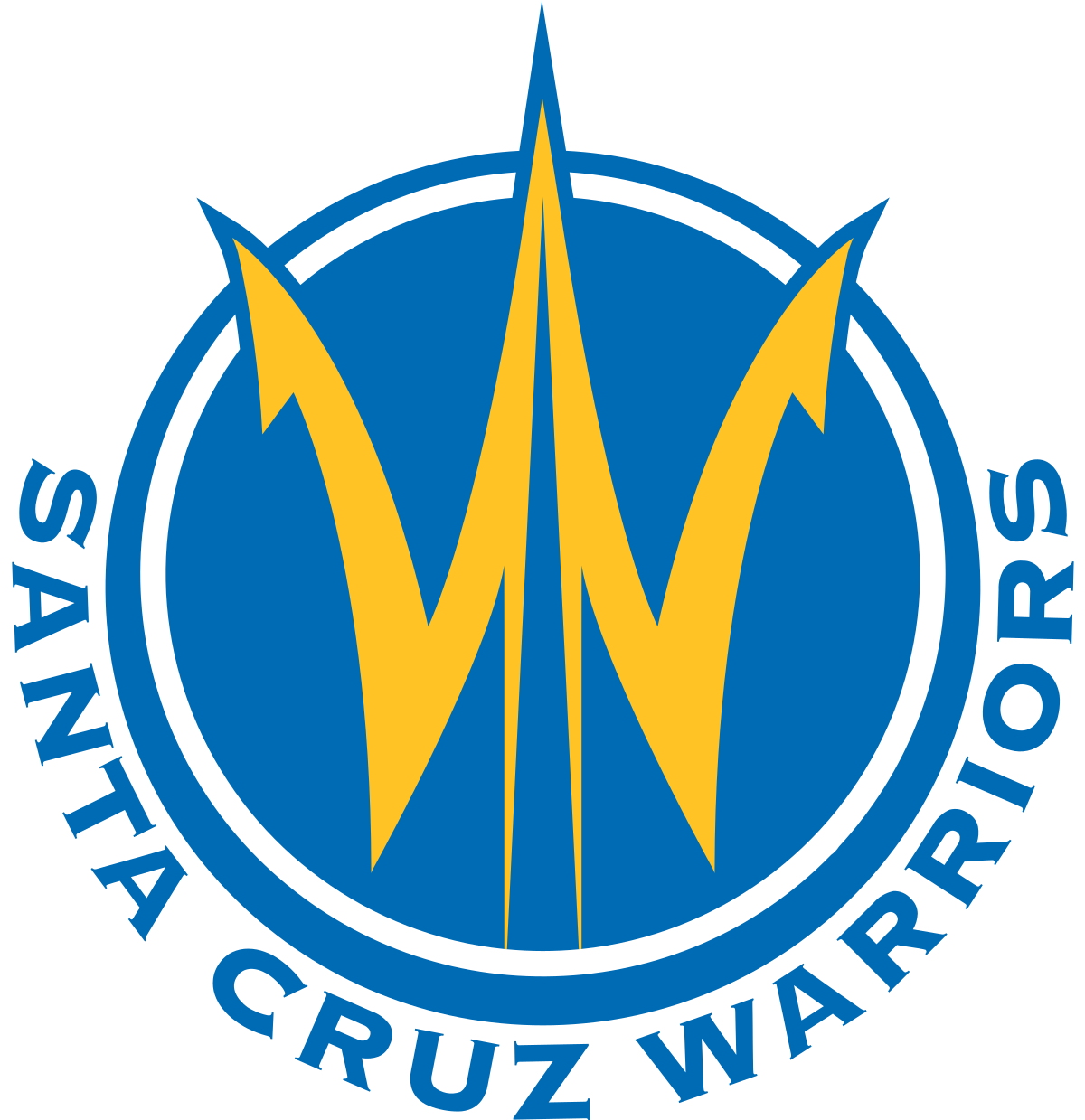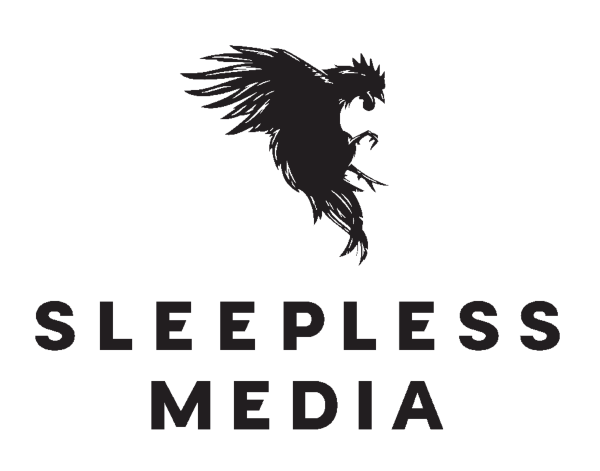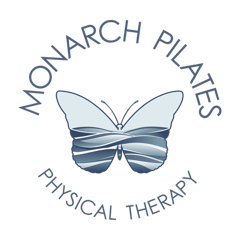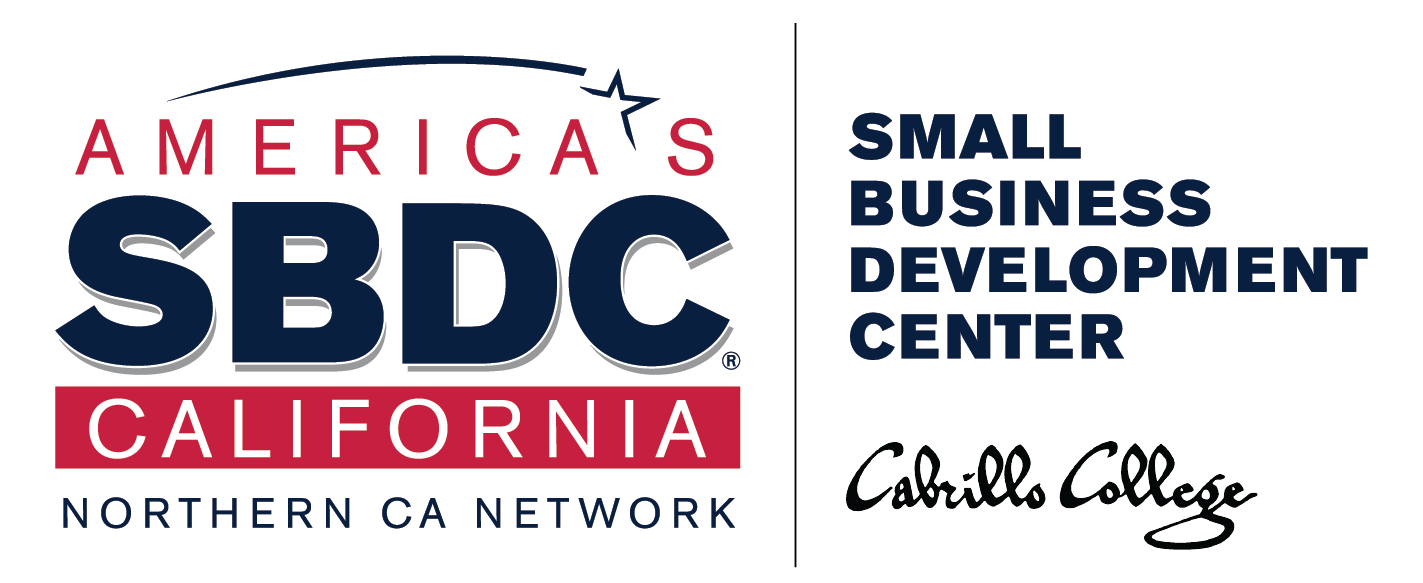Kayak Connection is located in Santa Cruz and in Moss Landing and offers a wide variety of ways for people to get in contact with marine wildlife and local adventure first hand. We caught up with Dave Grigsby from Kayak Connection to hear about how he and his wife Jessica work to connect people with the amazing natural wonders of the Santa Cruz Area and hear a bit of his background.
How did kayak connection get its start?
Kayak connection started in 1990. Mark Pastick and Margaret Collins founded it. They started selling kayaks at the flea market out of Mark’s station wagon I think is how it started. After not very long they got this location [at the Santa Cruz Harbor] and maybe 10 years into it, they got the location in Moss Landing. So they’re the ones who built this into what it really is. My wife Jessica and I purchased the 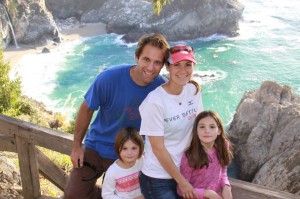 business a bit over 3 years ago. It’s been the best move we’ve ever made – it’s fantastic. Jessica is an integral part and is really talented on the people side of things. She’s able to read people’s intentions and look for their motivation a lot better than I am. Before, she was a plaintiff’s attorney and I was a commercial insurance broker. We both decided that neither of us really liked our jobs and neither of us really liked where we were living so we wanted to change things up. We both loved Santa Cruz from when we lived here before, and we had been thinking about small business ownership. I’d owned some small businesses in the past and just started looking around for opportunities. Kayak Connection was the very first one we found. I knew the business from when we lived here before and I thought it was fate. We worked on the deal for about a year and for the first 11 months and 2 weeks of that year it was a complete pipe dream. I think the biggest challenge for us was finding financing to help with the business purchase. We didn’t have any collateral and not much of a down payment and no experience to speak of, but we got a great banker from Santa Cruz Community Credit Union who believed in us and believed in the business and took a leap of faith. We’re pretty close to having that loan paid off, which is awesome. We’re seven years ahead of schedule on that.
business a bit over 3 years ago. It’s been the best move we’ve ever made – it’s fantastic. Jessica is an integral part and is really talented on the people side of things. She’s able to read people’s intentions and look for their motivation a lot better than I am. Before, she was a plaintiff’s attorney and I was a commercial insurance broker. We both decided that neither of us really liked our jobs and neither of us really liked where we were living so we wanted to change things up. We both loved Santa Cruz from when we lived here before, and we had been thinking about small business ownership. I’d owned some small businesses in the past and just started looking around for opportunities. Kayak Connection was the very first one we found. I knew the business from when we lived here before and I thought it was fate. We worked on the deal for about a year and for the first 11 months and 2 weeks of that year it was a complete pipe dream. I think the biggest challenge for us was finding financing to help with the business purchase. We didn’t have any collateral and not much of a down payment and no experience to speak of, but we got a great banker from Santa Cruz Community Credit Union who believed in us and believed in the business and took a leap of faith. We’re pretty close to having that loan paid off, which is awesome. We’re seven years ahead of schedule on that.
When did you know that you wanted to work with Kayaks and Marine wildlife?
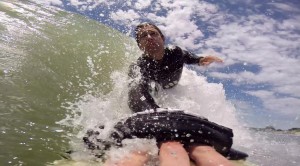 Well, I had been a whitewater kayaker for 20 years. I went to high school and college in Florida and I started to surf there. I had a whitewater background as a kid from summer camps and the mountains of the Carolinas where I grew up. And after I got into surfing I also found an old whitewater kayak in Florida and started surf-kayaking. I remember taking that whitewater kayak out in Florida in the surf and paddling way out on a super glassy day, not having the skill to right myself if I capsized, and I was a little nervous because I was probably a mile or two out. I was paddling back to the beach and I see these two fins like 10-12 feet apart just ripping across the surface of the water. They were going across my bow and I was freaking out because I thought it was a couple of sharks, and then they turned towards me and swam right under my kayak, and when it went under my kayak I realized it was a monster manta ray and the fins were its wingtips sticking out of the water. It was a huge animal, super cool. When I was 25 though I moved up to Sacramento from Florida and really got into the whitewater scene. So I just dove headfirst into whitewater kayaking and really pushed my limits with that. I started doing really hard class 5 rivers in California, up and down the Sierras. I was lucky enough to live in Australia for a bit and while there I spent a lot of time paddling some burly whitewater in New Zealand.
Well, I had been a whitewater kayaker for 20 years. I went to high school and college in Florida and I started to surf there. I had a whitewater background as a kid from summer camps and the mountains of the Carolinas where I grew up. And after I got into surfing I also found an old whitewater kayak in Florida and started surf-kayaking. I remember taking that whitewater kayak out in Florida in the surf and paddling way out on a super glassy day, not having the skill to right myself if I capsized, and I was a little nervous because I was probably a mile or two out. I was paddling back to the beach and I see these two fins like 10-12 feet apart just ripping across the surface of the water. They were going across my bow and I was freaking out because I thought it was a couple of sharks, and then they turned towards me and swam right under my kayak, and when it went under my kayak I realized it was a monster manta ray and the fins were its wingtips sticking out of the water. It was a huge animal, super cool. When I was 25 though I moved up to Sacramento from Florida and really got into the whitewater scene. So I just dove headfirst into whitewater kayaking and really pushed my limits with that. I started doing really hard class 5 rivers in California, up and down the Sierras. I was lucky enough to live in Australia for a bit and while there I spent a lot of time paddling some burly whitewater in New Zealand.
Is there something that draws you to the ocean over the rapids?
 I love that the ocean is friendly, it’s something that I can do for an hour or two, shower off, and get right back into my day. A whitewater trip is a full day at least; typically it’s more like a weekend. It’s a big commitment. What I also like about the ocean is that I’m pretty confident I’m going to live. When I was in my mid 20’s and really going hard with whitewater, I was losing friends every year. It was really very dangerous. I’ve never been as scared in the ocean as I have in rivers, not even close. I’m not going to say the ocean is safer, but what I do in the ocean is safer. I surf Pleasure Point mostly, the scariest it gets for me lately would be big Moss Landing. While that’s nothing to scoff at, it’s certainly not Mavericks. The rivers I was doing, you are so far removed from rescue. A hydraulic feature on a river can hold you down and just pummel you, whereas a wave can hold you down but eventually it’s more than likely going to let you up. In the river if you get into trouble, you have to rely on your buddies to extract you. The thing I really loved with whitewater is the camaraderie and the spirit of cooperation on the river that frankly, you don’t see out at Pleasure Point or Steamer Lane. It’s nice now because I know a lot of the guys down at the point, I always have a good time and I have a smile on my face, but there are those occasions with people; I call them the barking dogs. It’s people that are just angry when they get out there and you never see that on the river – everybody is happy because you’re another guy to throw them a rope if they get into trouble. I miss that, but I feel like I’ve got a nice friend group in town that I see in the water and that always makes me happy.
I love that the ocean is friendly, it’s something that I can do for an hour or two, shower off, and get right back into my day. A whitewater trip is a full day at least; typically it’s more like a weekend. It’s a big commitment. What I also like about the ocean is that I’m pretty confident I’m going to live. When I was in my mid 20’s and really going hard with whitewater, I was losing friends every year. It was really very dangerous. I’ve never been as scared in the ocean as I have in rivers, not even close. I’m not going to say the ocean is safer, but what I do in the ocean is safer. I surf Pleasure Point mostly, the scariest it gets for me lately would be big Moss Landing. While that’s nothing to scoff at, it’s certainly not Mavericks. The rivers I was doing, you are so far removed from rescue. A hydraulic feature on a river can hold you down and just pummel you, whereas a wave can hold you down but eventually it’s more than likely going to let you up. In the river if you get into trouble, you have to rely on your buddies to extract you. The thing I really loved with whitewater is the camaraderie and the spirit of cooperation on the river that frankly, you don’t see out at Pleasure Point or Steamer Lane. It’s nice now because I know a lot of the guys down at the point, I always have a good time and I have a smile on my face, but there are those occasions with people; I call them the barking dogs. It’s people that are just angry when they get out there and you never see that on the river – everybody is happy because you’re another guy to throw them a rope if they get into trouble. I miss that, but I feel like I’ve got a nice friend group in town that I see in the water and that always makes me happy.
Has your experience river kayaking aided your experience ocean kayaking?
Absolutely, the experience in the river totally translated to the ocean and it also gives me a lot of legitimacy when I talk to my staff or other people in the industry because a lot of them know me from my past in the river and if you know how to handle a boat it gives you some credibility, if you can handle it in some gnarly class 5 water you can handle it in the ocean.
Working so closely with marine wildlife, what precautions do you take to ensure the safety of your customers and the animals?
We are very conscientious of the marine mammal protection act. We talk to our clients about respecting the wildlife and making sure to give them a wide berth. One thing we tell them that is a good rule of thumb is to stay at least 100 feet away. We also make it clear that if the animals are altering their behavior because of the client’s presence, then they are too close and need to back away. Sometimes, like in the Elkhorn Slough, you’re going to have animals come up to you because they’re curious and interested, which is a real treat. There’s a nice symbiosis there, but we make it a big focus of our business to focus on the conservation aspect of the sanctuary and the Elkhorn slough. It’s super important – the Slough is actually one of the last natural wetlands in California.
What are the rarest treats to see out on the water?
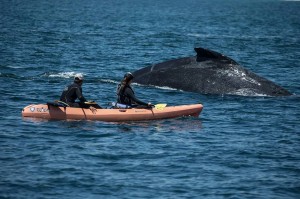 The cool thing is for somebody from say San Jose or Fresno when they’ve never seen a sea lion. We see them all the time and it’s no big deal. But to them it’s a huge deal and we have sea lions by the hundreds down there. Same with seals, sea otters – they are very charismatic. We have the largest raft of southern sea otters in the world in the Elkhorn Slough. The Slough is one of the top 10 wildlife viewing destinations in North America. It’s like an African safari, it’s really amazing. You can go there and I can guarantee you you’ll see seals, sea lions, sea otters within the first 200 yards of paddling. As far as rare creatures, occasionally we’ll see an Orca pod offshore, or some dolphins in the slough very rarely. Leopard sharks and bat rays make their nurseries in the slough, so we know that they’re there, but we don’t see them that frequently. There’s all sorts of amazing invertebrates, (nudibranchs), all sorts of tube worms, crabs, clams, sea hares, that are prolific in the slough. Not many really know about those things, so when you take a tour with our guides you’re kind of treated to a special show that most folks who just rent don’t get to see.
The cool thing is for somebody from say San Jose or Fresno when they’ve never seen a sea lion. We see them all the time and it’s no big deal. But to them it’s a huge deal and we have sea lions by the hundreds down there. Same with seals, sea otters – they are very charismatic. We have the largest raft of southern sea otters in the world in the Elkhorn Slough. The Slough is one of the top 10 wildlife viewing destinations in North America. It’s like an African safari, it’s really amazing. You can go there and I can guarantee you you’ll see seals, sea lions, sea otters within the first 200 yards of paddling. As far as rare creatures, occasionally we’ll see an Orca pod offshore, or some dolphins in the slough very rarely. Leopard sharks and bat rays make their nurseries in the slough, so we know that they’re there, but we don’t see them that frequently. There’s all sorts of amazing invertebrates, (nudibranchs), all sorts of tube worms, crabs, clams, sea hares, that are prolific in the slough. Not many really know about those things, so when you take a tour with our guides you’re kind of treated to a special show that most folks who just rent don’t get to see.
What drives you to stick with Ocean Kayaking and marine wildlife?
Geez that’s easy, it’s beautiful here! If you’re not interested or inspired, you should check yourself for a pulse. This is the most wonderful job I could ever conceive of. If you told me 20 years ago I’d be doing this I’d never believe you. This is a pipe dream for me – every day is fantastic. I get to work with the best staff on the coast. We have a lot of people who are really well educated, enthusiastic, and excited to be here. They’re also excited about the marine sanctuary in the Elkhorn Slough and all the animals that live here. So it’s really easy to stay motivated and engaged.
How does the community react to Kayak Connection?
They love us! At least that’s my general impression. We’ve introduced hundreds of people to the sport of stand up paddle boarding and kayaking and we do a lot to give back to the local community as well. We help sponsor all of the school auctions in the county; we do discounts for local school groups and church groups to come take tours with us. We’re active with Save Our Shores, we donate to them, and I feel like we are in integral part of the community. Not only that, but we also employ over 40 people.
What kind of different ocean kayaks are there? And what is recommended for a first timer?
We have open deck/sit on top kayaks, which are very beginner friendly. If you fall off you can just climb back on. It’s self-bailing so if you get water in the boat it just drains right out, it’ll always float, and it’s super easy. However you’re exposed to the elements because you’re  sitting up and they’re a little slower typically. On the other hand, we have closed deck kayaks where your legs go inside of it and you would wear a neoprene skirt that fits over the cockpit and snugs up to your waist so you’d be completely enclosed inside of it. Those are typically faster, more maneuverable and better suited for long journeys or even rough weather. If you’re a skilled paddler, you can handle large breaking waves and challenging weather in a closed deck boat and stay safe. It’s so calm and gentle in the Elkhorn slough however that we typically put people in closed deck and double closed deck kayaks and they do fine. We’ll put 10 year old school kids in them and they do just fine. In the Santa Cruz harbor for beginners we do encourage the use of the sit-on-top boats because they’re a lot more beginner friendly and people are going into the open ocean here from the harbor versus in Moss Landing people go into the Elkhorn slough which is a protected title estuary and not part of the open ocean.
sitting up and they’re a little slower typically. On the other hand, we have closed deck kayaks where your legs go inside of it and you would wear a neoprene skirt that fits over the cockpit and snugs up to your waist so you’d be completely enclosed inside of it. Those are typically faster, more maneuverable and better suited for long journeys or even rough weather. If you’re a skilled paddler, you can handle large breaking waves and challenging weather in a closed deck boat and stay safe. It’s so calm and gentle in the Elkhorn slough however that we typically put people in closed deck and double closed deck kayaks and they do fine. We’ll put 10 year old school kids in them and they do just fine. In the Santa Cruz harbor for beginners we do encourage the use of the sit-on-top boats because they’re a lot more beginner friendly and people are going into the open ocean here from the harbor versus in Moss Landing people go into the Elkhorn slough which is a protected title estuary and not part of the open ocean.
What are your future plans for Kayak Connection?
We don’t really have any big plans to add a location or anything like that, but we’d like to get a little bit busier in the winter. We’re already about as busy as we can handle in the summer. We also want to be able to give back more to the community. I think if we could get more school groups and church groups to come during the off-season, that’s really our push right now, but we’re pretty happy with the way things are going.
To learn more about go to kayak Connection

